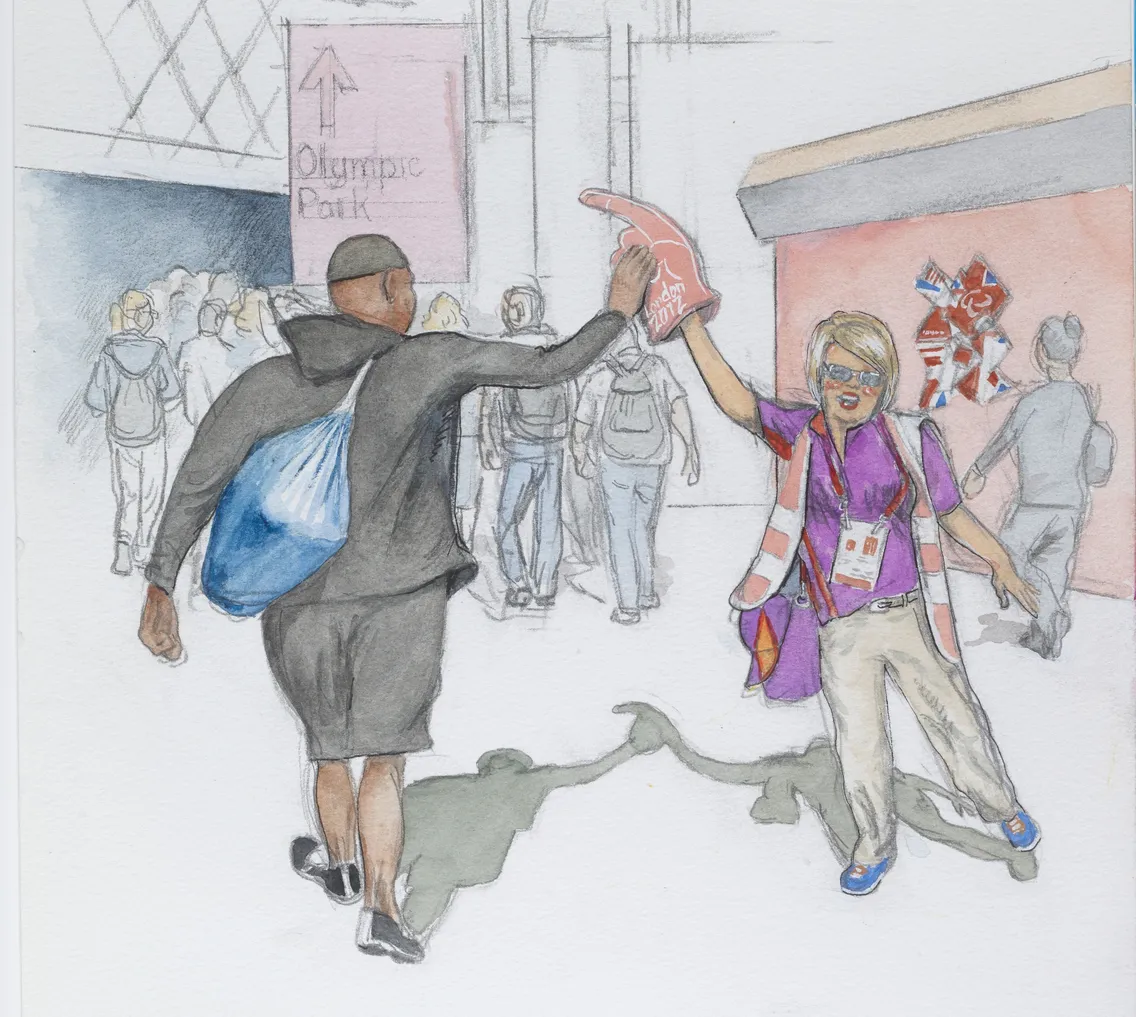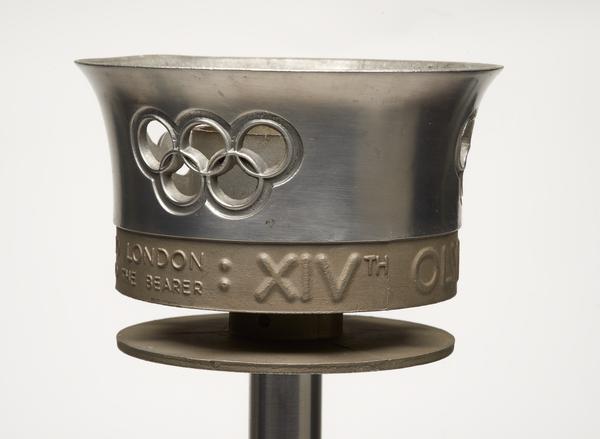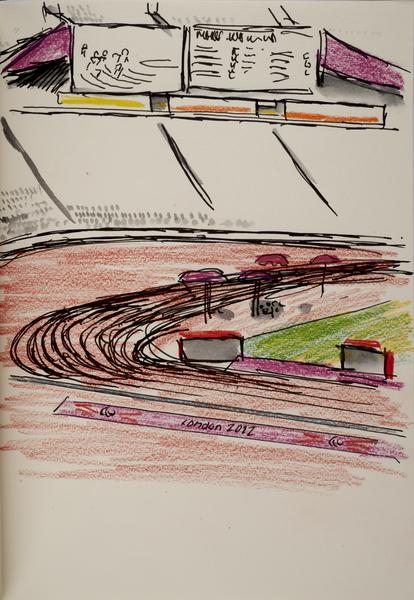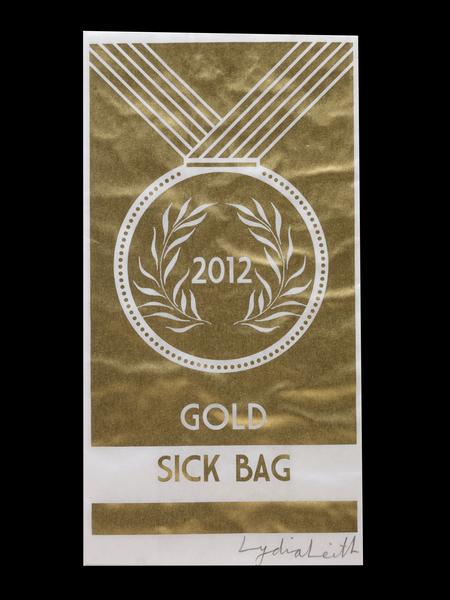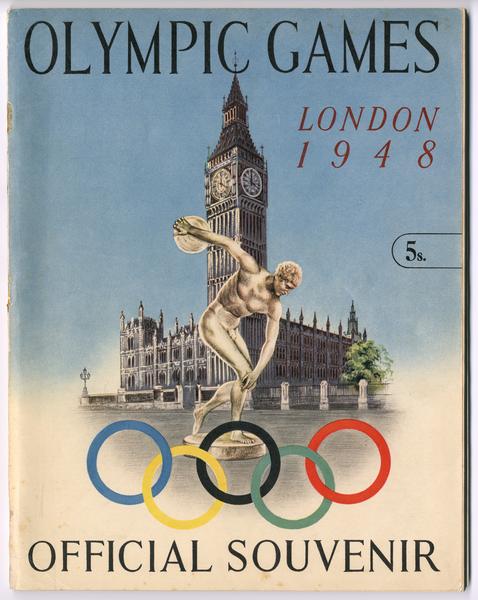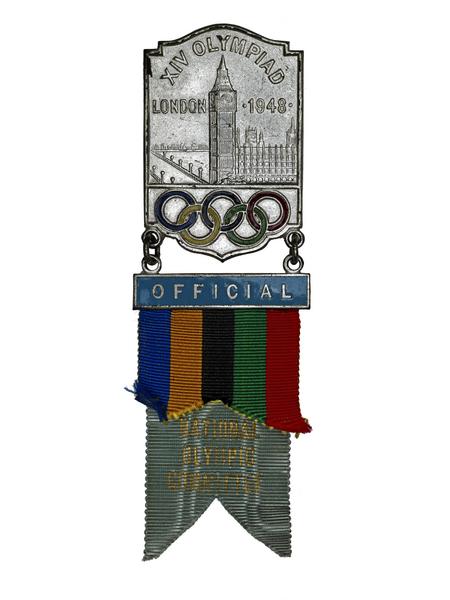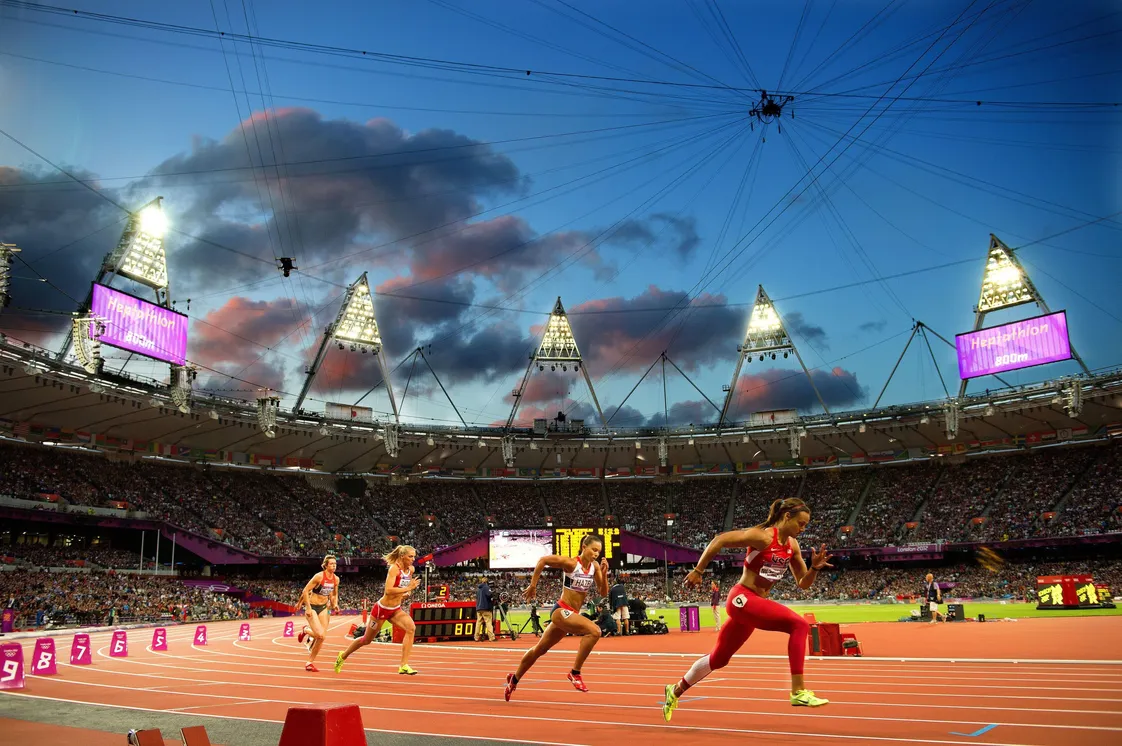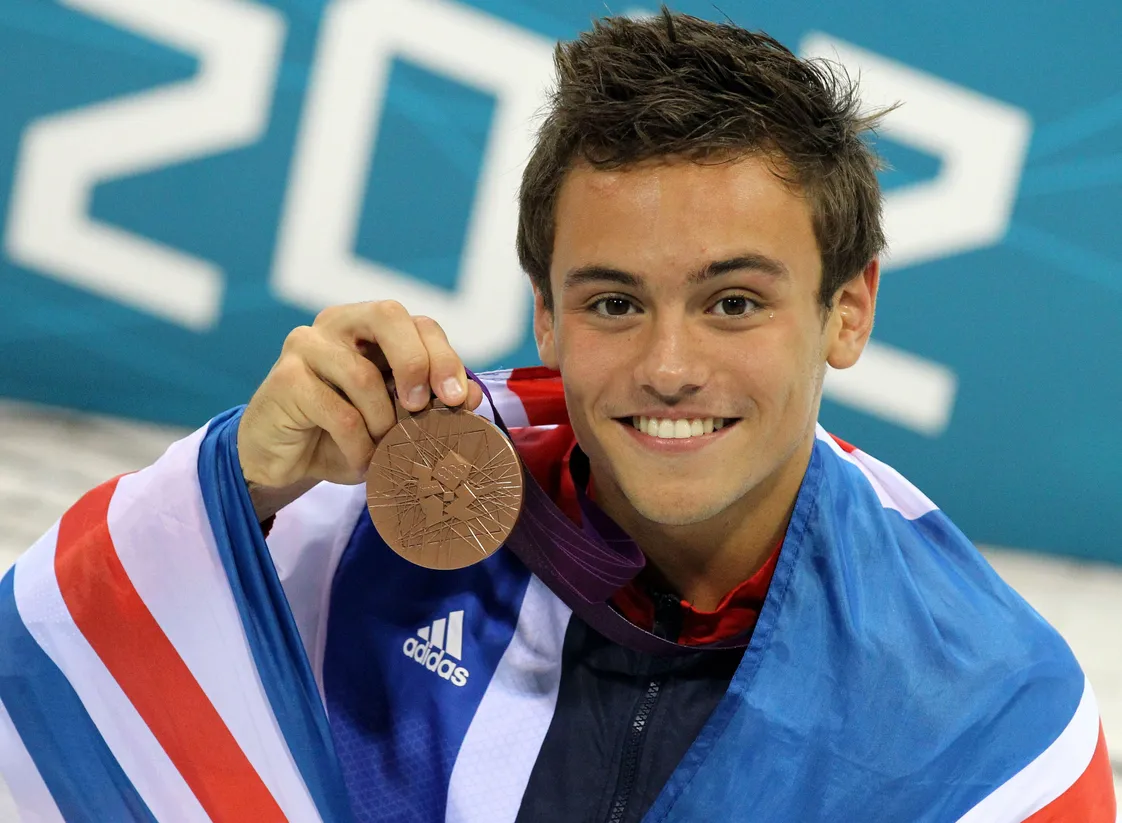09 August 2024 — By Matt Williams
The thrill of being a London Olympics volunteer
From being enthusiastic Games Makers and proud Olympics Torch Bearers to designing the placard holders’ dresses, four Londoners share the significance of being part of the Olympic Games.
“It’s like living in a parallel universe”
On 1 August 2012, London 2012 Games Maker Angela Charlesworth wrote in her Olympic Journal: “All the press are being very positive about the volunteers – but nothing compares to actually having been here, it’s still a great feeling, a real buzz all day every day.”
Then on 2 August, after a day back at her day job she writes: “It’s like living in a parallel universe, hard to explain but it’s like this life is a million miles away from my life as an Olympic volunteer! It’s an amalgamation of factors, all the spectators are excited and in great spirits, the forces are so professional and yet great with families and kids – stopping to have photos etc. The police are really friendly, and again stop to have photos taken and we can literally hear the cheers from inside the stadiums. The gardens are really fantastic too. (Maybe I’m just in the wrong job but the contrast is huge).”
“Volunteers are the lifeblood of the Olympic Games and part of the DNA of thousands of people in this country”
Lord Sebastian Coe, Chair of the London 2012 Organising Committee
Angela’s diary entries capture the buzz that permeated the Olympic Park and beyond during the summer of 2012. They are also a window into the experience of being a Games Maker, the term used for the volunteers at the 2012 Games. The term was chosen as it highlighted their crucial role in ensuring the games ran smoothly. Being a Games Maker gave non-sports people the opportunity to be a part of the Olympics, experience the magic, and also inspire a passion for volunteering.
Following the Games, London Museum collected several Olympic items, including Angela Charlesworth’s Games Maker uniform.
British heritage and the iconic Games Maker uniform
The distinctive purple and red polo shirt and beige chinos were a common site across London during the Olympics. They were worn with pride by some 70,000 volunteers. The uniform was designed by the Olympic Committee of the Olympic and Paralympic Games. The colour scheme was inspired by British heritage – the poppy red referencing the Grenadier Guards, contrasting with regal purple.
Deba Hussiam, another Games Maker, shared her experience of wearing the uniform in public: “In the beginning, I was a bit apprehensive about it, then I saw people walking down my road wearing it as well… and then after my first time wearing the uniform…I felt really comfortable and you just feel like you’re representing the London Olympics… sometime(s) people come and ask you (for) information… I just felt quite proud to actually to wear it in the end, it’s quite nice.”
“…after my first time wearing the uniform… you just feel like you’re representing the London Olympics…I just felt quite proud”
Deba Hussiam, London 2012 Olympics Games Maker

A group of volunteers march in the Victory Parade at the end of the London 2012 Olympics.
Torchbearers: A unique Olympic contribution
Another way that everyday Londoners could contribute to the Olympics was by being a Torch Bearer. Before the opening ceremony, the ‘Olympic Flame’ was carried on a 70-day relay around the UK by 8,000 torchbearers. The torchbearers were selected from people who had been nominated for their significant contributions to their communities or organisations.
In 2013, London Museum interviewed Melba Pálházy, who carried the Olympic torch through Hornchurch. She was nominated by her boss when working for a housing association with homeless young people. “For me to be nominated was an honour. I know it might sound cheesy, but this is the flame we're talking about, and for me to be nominated already, like at the time of nomination, and was like, ‘Oh my God!’,” she excitedly shared.
She recalls the moment she received the flame from the torchbearer before her when the torches ‘kiss’: “It's an emotional moment. It's so emotional, even now I'm talking about it. It's like, what the flame signifies, and what it is, and this is probably something I will never, ever be able to do again.”
“The Paralympics was 100 times even better than the Olympics… Do you remember that (Paralympic) poster ‘Super Humans’? That’s what it is”
Melba Pálházy, London Olympics 2012 Torchbearer
Melba also managed to get tickets to see Paralympic events. Recounting her experience, she says, “I will be as bold as to say that the Paralympics was 100 times even better than the Olympics, because of that added factor. Do you remember that (Paralympic) poster ‘Super Humans’? That’s what it is.”
She shared how the London Paralympics did a lot to change the way people see and think about disability.
Olympics placard-holders dress: ‘An everyman welcome’
London Museum also has a selection of dress items worn at the opening and closing Olympic ceremonies, including a dress worn by the placard bearers with the faces of the volunteer marshals.
“We wanted something different for the placard bearer’s dress. We thought, wouldn’t it be wonderful for the dress to be printed with a photograph of the volunteer marshals welcoming the Olympians into the stadium, an everyman welcome. This way, the Parade of Nations honoured not just the nations competing, but also the volunteers who helped run the Olympics,” shared Tahra Zafar, Head of the Costume Hair and Make-up Department for the ceremonies, who led a team of 500 costume, hair and make-up volunteers.

A placard bearers dress designed by Tahra Zafar from the London 2012 Olympics, featuring the faces of the volunteer marshals.
An Olympic legacy
Tahra goes on to share how “hair and make-up volunteers were recruited from local areas. (And) volunteering backstage at the ceremonies provided opportunities for people to hone their skills and gain valuable work experience...It wouldn’t have worked without the volunteers.”
This shows that the skills and experience gained during volunteering were a part of the legacy of the games.
Being a Games Maker was a great opportunity for those lucky enough to do it, and with Sadiq Khan stating his intentions to bid for another London Olympics in 2040, perhaps this opportunity will be coming around for Londoners once again. The value of volunteers is exemplified in the fact that 45,000 volunteers are assisting with Paris 2024.
The impact of being part of London 2012 was strong, as is encapsulated by Melba Pálházy’s closing remarks about London 2012: “It was well organised, we put on a great show, there was a very strong message of oneness, humanity and sportsmanship. When the flames went out, I cried.”
Matt Williams is Project Assistant (New Museum) at London Museum.
And if you’ve been inspired by this article, why not consider volunteering at London Museum?

